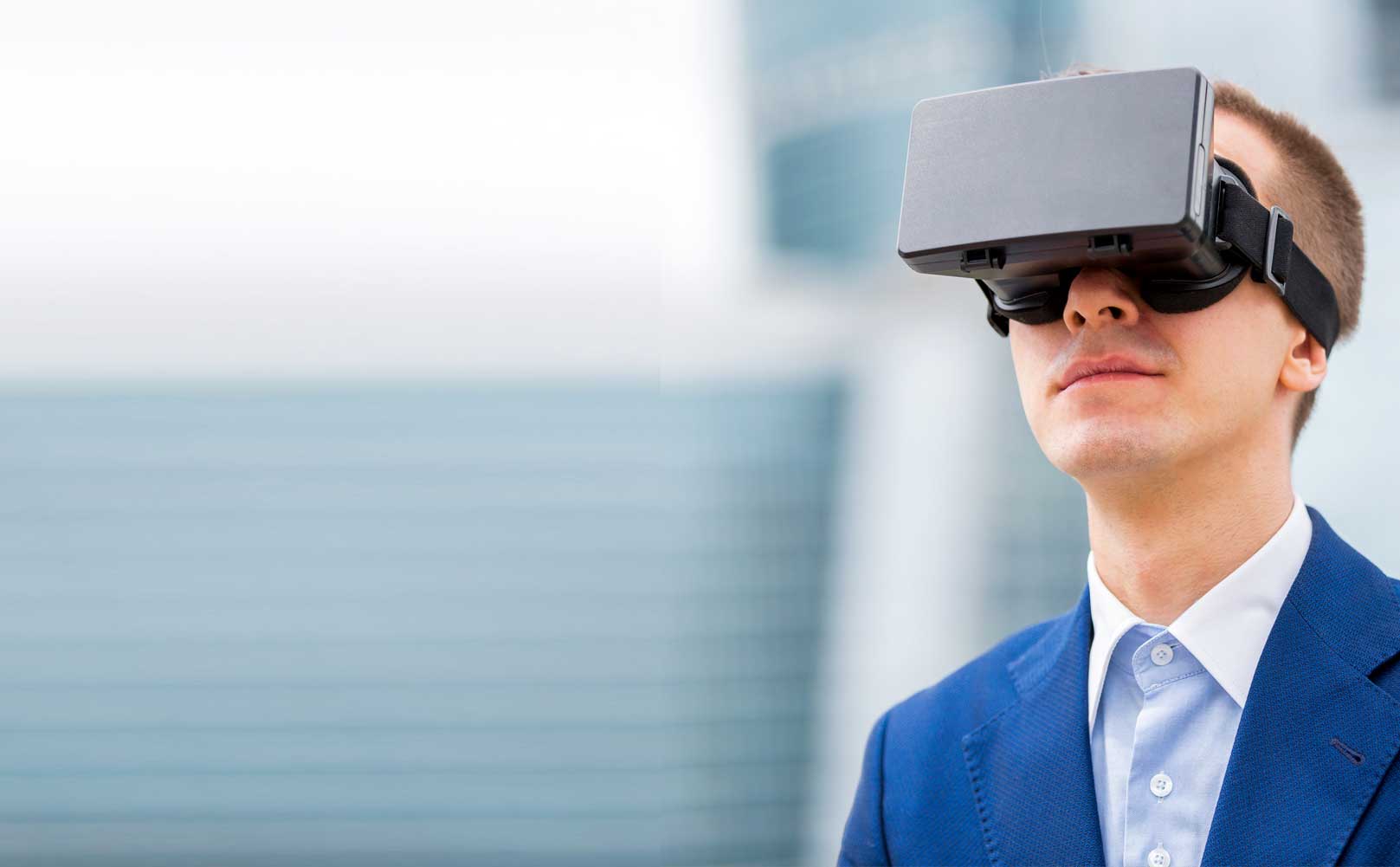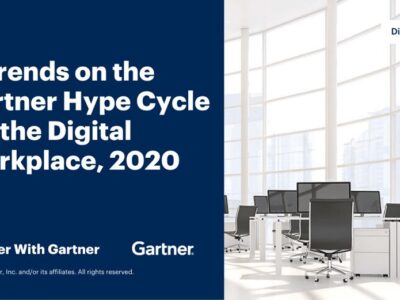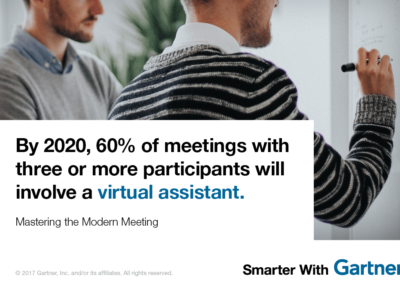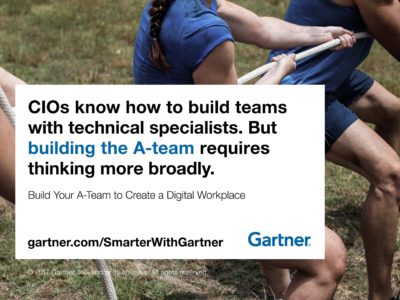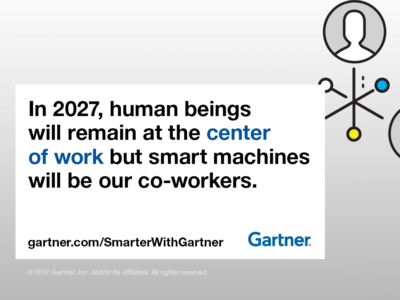Personalization means offering better technology choices to employees to suit their needs
Contributor: Christy Pettey
A worker is out in the field repairing some equipment, but needs to look up instructions in a manual to finish the job. Instead of stopping the repair, he switches on his head-mounted display(HMD) to read the information in the manual and continues the repair without interruption.
This is just one example of how technologies useful to employees with disabilities, have wider applications in the work environment. Assistive technologies were once seen as part of a niche compliance issue, but today more organizations are using technology to deliver an agile digital workplace that is accessible to all employees.
Gartner predicts that by 2018, 60 percent of companies will have programs for personalization and accessibility specifically designed to attract and retain older and disabled employees.
“A ‘build for the extremes’ theme is emerging from the customer experience, and IT groups and are meeting up with HR, which is marching toward a more inclusive and diversified workforce,” said Andrew Johnson, managing vice president at Gartner.
There are four key steps related to technology accessibility and employee-led personal technology “bring your own device” (BYOD) programs:
Technologies to Deploy Now for a Better Digital Workplace
There are three technologies that are delivering benefits to organizations right now – video captioning, wearables for training, and text to speech. These technologies will benefit users with moderate digital literacy skills and can be used to inspire employees to embrace an agile digital workplace.
Watch for Emerging Technologies to Add Personalization to Your IT Portfolio in 2017
Several human-computer interface technologies are showing promise in labs and in-field beta tests, and they are worth watching for the next couple of year. These include facial recognition, speech-to-speech translation and gesture control.
Use a Technology Accessibility Maturity Model as a Proxy for a Broader Technology Personalization Evaluation Project
Just as assistive technology designed for employees with disabilities is being mainstreamed to benefit all employees, companies can use an IT accessibility maturity model to measure their status on IT personalization. Organizations can use a technology accessibility maturity model as a proxy for a broader technology personalization evaluation, including an organization’s ability to deliver not only an inclusive workplace, but also one that enables employees to “work anywhere, anytime.”
To find out more about building technology accessibility into a sustainable program, visit Smarter with Gartner website.
Gartner clients can learn more in the report “Four Steps to a More Personalized Digital Workplace.” This is part of the Gartner Special Report “Delivering Business Value With a Digital Workplace, a research collection focused on new technologies that are an inherent part of the transition to digital business.
Trends in the digital workplace will be further discussed at Gartner Symposium/ITxpo 2015. Gartner Symposium/ITxpo is the world’s most important gathering of CIOs and other senior IT executives.
Upcoming dates and locations for Gartner Symposium/ITxpo 2015 include: November 8 – 12, Barcelona, Spain

